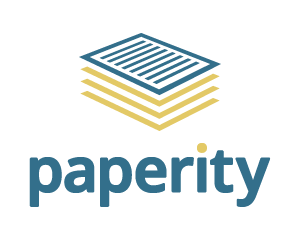The Rule Against Alienation of Personal Exertion Income — Does it Apply in Australia?
Abstract
This article examines the validity of the personal exertion income rule and seeks to identify whether it applies to the more common income-splitting techniques. Those techniques usually comprise assignment by the taxpayer of either the income-producing source or the right to receive income from that source. The article will not address the potential application of the general anti-avoidance provisions contained in Part IVA (or its predecessor, s. 260) of the Income Tax Assessment Act 1936 (Cth); the question of the rule's application is quite seperate and distinct from the question of whether Part IVA might apply to defeat an income assignment. Before implementing an income-splitting plan, however, the scope both of the rule and of Part IVA should be considered.
Published
Dec 1, 1988
How to Cite
MASON, Allan.
The Rule Against Alienation of Personal Exertion Income — Does it Apply in Australia?.
QUT Law Review, [S.l.], v. 4, p. 66-69, dec. 1988.
ISSN 2201-7275.
Available at: <https://lr.law.qut.edu.au/article/view/294>. Date accessed: 01 feb. 2021.
doi: https://doi.org/10.5204/qutlr.v4i0.294.
Section
Articles - General Issue
Since 2015-12-04
Abstract Views
1696
PDF Views
2497
Until 2015-12-04:
Abstract Views
597
PDF Views
2100
Authors who publish with this journal retain copyright and grant the journal right of first publication with the work simultaneously licensed under a Creative Commons Attribution License (CC-BY) that allows others to share the work with an acknowledgement of the work's authorship and initial publication in this journal.
Articles in this journal are published under the Creative Commons Attribution Licence (CC-BY). This is to achieve more legal certainty about what readers can do with published articles, and thus a wider dissemination and archiving, which in turn makes publishing with this journal more valuable for authors.






